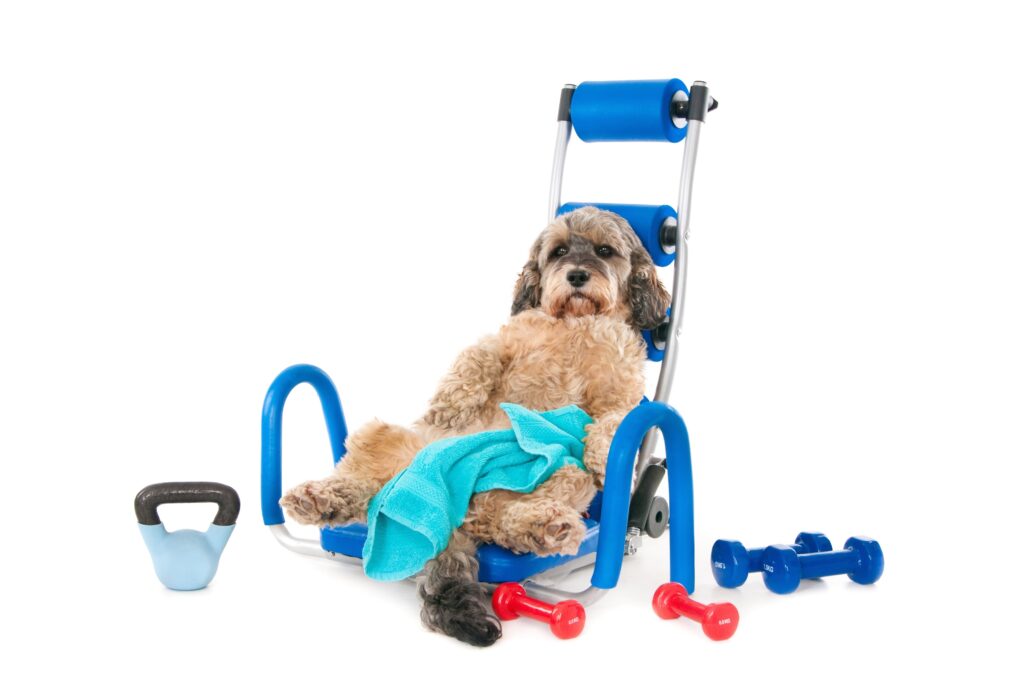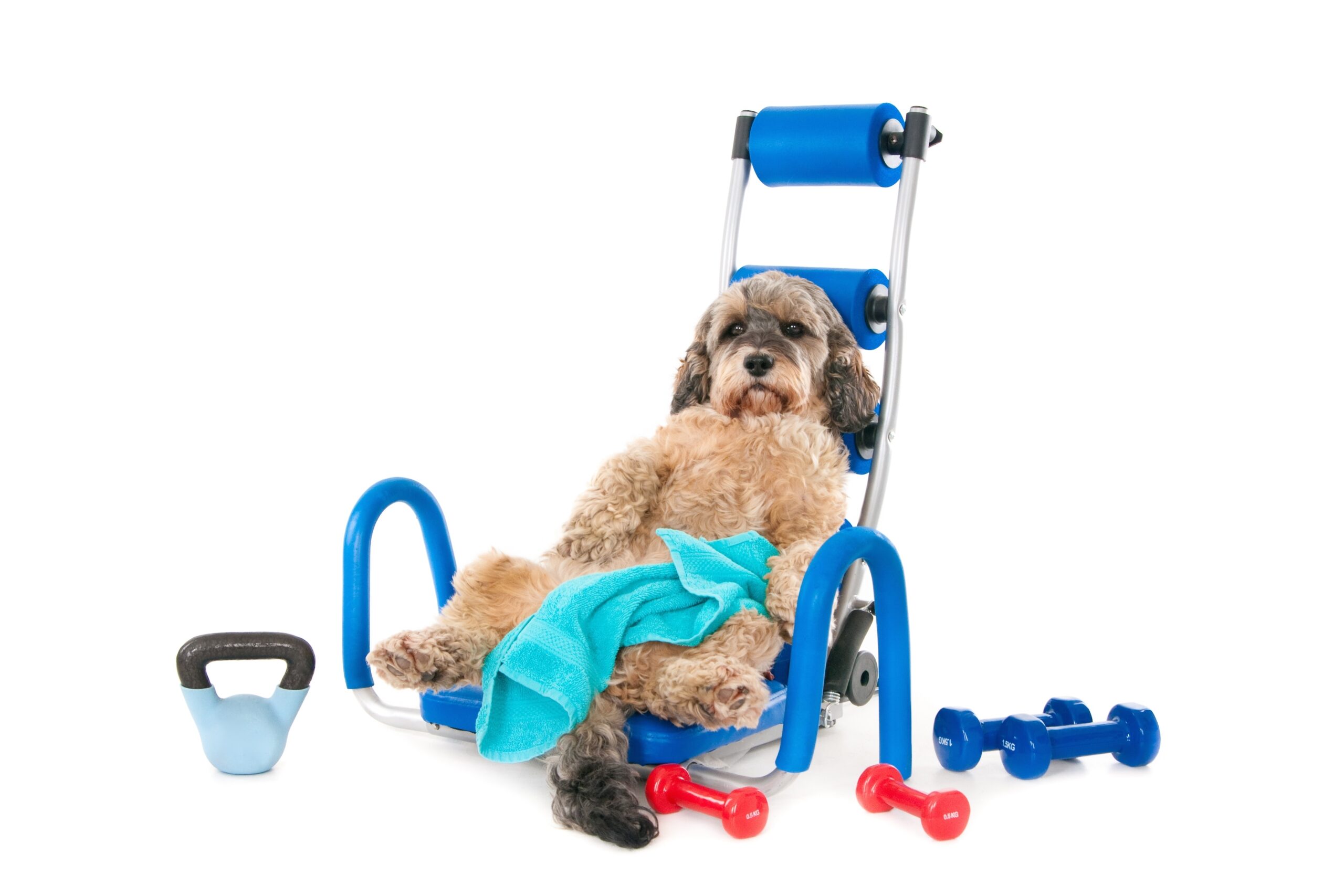Dog Treadmill : A Comprehensive Guide for Pet Owners
Table of Contents
Introduction
Dogs are energetic creatures that require regular physical exercise to stay happy and healthy. However, factors like extreme weather conditions or limited outdoor space can sometimes make it challenging to meet their exercise needs adequately. A dog treadmill offers a practical solution by providing a controlled and efficient way for your furry companion to burn off excess energy, maintain a healthy weight, and stay mentally stimulated.
Understanding the Benefits of a Dog Treadmill

Dog Treadmill
Promotes Physical Exercise
Regular exercise is vital for dogs to prevent obesity, improve cardiovascular health, strengthen muscles and joints, and boost overall stamina. A dog treadmill allows you to provide consistent exercise regardless of external factors, ensuring your pup stays fit and active.
Mental Stimulation
Physical exercise alone may not be sufficient to keep your dog mentally engaged. A treadmill workout can help alleviate boredom, provide a sense of purpose, and offer mental challenges that stimulate their cognitive abilities.
Efficient and Controlled Workout
A dog treadmill enables you to control the speed, duration, and intensity of your pet’s workout. This control allows for tailored exercise sessions that match your dog’s specific needs, such as recovery from an injury or weight management.
Suitable for All Weather Conditions
Extreme heat, freezing temperatures, or heavy rainfall shouldn’t hinder your dog’s exercise routine. With a treadmill, you can provide a comfortable workout environment regardless of the weather outside.

Choosing the Right Dog Treadmill
When selecting a dog treadmill, it’s essential to consider several factors to ensure it suits your dog’s needs and preferences.
Consider Your Dog’s Size and Breed
Different dog breeds have varying sizes and exercise requirements. Ensure the treadmill you choose can comfortably accommodate your dog’s size and weight. Smaller dogs may benefit from a treadmill with a shorter running platform, while larger breeds may require a treadmill with a longer track.
Weight Capacity and Speed Options
Check the weight capacity of the treadmill to ensure it can support your dog’s weight without strain. Additionally, look for models that offer adjustable speed options, allowing you to start slow and gradually increase the intensity as your dog becomes more comfortable.
Noise Level and Safety Features
Opt for a treadmill that operates quietly to prevent unnecessary anxiety or fear in your dog. Additionally, look for safety features such as side rails, emergency stop buttons, and non-slip surfaces to ensure a secure workout environment.
Portability and Storage
Consider the portability and storage options of the treadmill. Foldable or compact models are ideal if you have limited space or intend to transport the treadmill when needed.
Introducing Your Dog to the Treadmill
Introducing your dog to the treadmill should be done gradually and with positive reinforcement to ensure a positive experience.

Dog Treadmill
Gradual Introduction
Allow your dog to become familiar with the treadmill by introducing it without turning it on. Encourage your dog to explore the treadmill, rewarding them with treats and praise for any positive interaction.
Positive Reinforcement and Rewards
Once your dog is comfortable near the treadmill, reward them with treats and praise for stepping onto it. Start by setting the treadmill at a slow speed and encourage your dog to walk on it while rewarding them with treats and verbal encouragement.
Supervision and Monitoring
Always supervise your dog during their treadmill workouts. Watch for signs of fatigue, discomfort, or anxiety, and be ready to stop the treadmill if necessary. Ensure your dog has access to fresh water and take regular breaks to prevent overexertion.
Designing a Treadmill Workout Routine for Your Dog
Creating a structured workout routine for your dog on the treadmill will help them develop endurance, strength, and overall fitness. Consider the following factors when designing a routine:
Warm-up and Cool-down Exercises
Before starting a treadmill session, engage your dog in a short warm-up routine that includes light stretching and a brisk walk. Similarly, end each session with a cool-down period to gradually reduce your dog’s heart rate.
Setting the Appropriate Speed
Begin with a slow speed that matches your dog’s walking pace. As they become comfortable, gradually increase the speed in small increments. Pay attention to your dog’s body language and adjust the speed accordingly.
Duration and Frequency of Exercise
The duration and frequency of your dog’s treadmill workouts will depend on their age, breed, and overall health. Start with shorter sessions of around 10 minutes and gradually increase the duration over time. Aim for a total of 30 minutes of exercise per day, split into multiple sessions if needed.
Incorporating Variety and Challenges
To keep your dog engaged, introduce variety into their treadmill workouts. Consider adding incline settings, changing speeds intermittently, or using treats and toys as rewards during the workout.
Common Concerns and Safety Precautions
While a dog treadmill can be a fantastic tool for exercise, it’s essential to address common concerns and take necessary safety precautions.
Monitoring Your Dog’s Health and Comfort
Regularly monitor your dog’s heart rate, breathing, and overall well-being during treadmill workouts. If you notice any signs of distress or discomfort, stop the session immediately and consult with a veterinarian.
Regular Maintenance and Cleaning
Maintain the treadmill by regularly inspecting and cleaning it. Remove any pet hair or debris from the running platform and lubricate the moving parts as recommended by the manufacturer.
Preventing Overexertion and Injuries
Avoid overexertion by gradually increasing the intensity and duration of your dog’s workouts. Always provide breaks, access to water, and closely observe their energy levels during and after exercise. Be cautious of any signs of limping, lameness, or joint discomfort.
Consulting with a Veterinarian
Before starting a dog treadmill routine, consult with your veterinarian to ensure it is suitable for your dog’s individual needs. They can provide personalized advice based on your dog’s breed, age, health conditions, and any potential exercise restrictions.
Additional Tips for Maximizing the Benefits
To make the most out of your dog’s treadmill workouts, consider the following tips:
Using Treats and Toys for Motivation
Incorporate treats and interactive toys to motivate your dog during their treadmill sessions. Rewarding them with small treats or incorporating their favorite toys can make the experience more enjoyable and reinforce positive behavior.
Tracking Progress and Setting Goals
Keep a record of your dog’s treadmill workouts, including duration, speed, and any observations. This will help you track their progress and adjust the routine accordingly. Establish attainable objectives and commemorate achievements throughout the journey.
Incorporating Training Commands
Use the treadmill sessions as an opportunity to reinforce basic training commands. Practice commands such as “sit,” “stay,” or “heel” while your dog is on the treadmill to reinforce obedience and mental engagement.
Making the Experience Enjoyable
Ensure the treadmill area is comfortable and inviting for your dog. Consider placing their bed or favorite blanket nearby to create a positive association. Play calming music or provide background noise to create a soothing ambiance.
Conclusion
A dog treadmill can be an excellent addition to your pet’s exercise routine, providing numerous benefits for their physical and mental well-being. By choosing the right treadmill, introducing it gradually, designing a suitable workout routine, and addressing safety concerns, you can help your dog stay active, healthy, and happy throughout their life.

